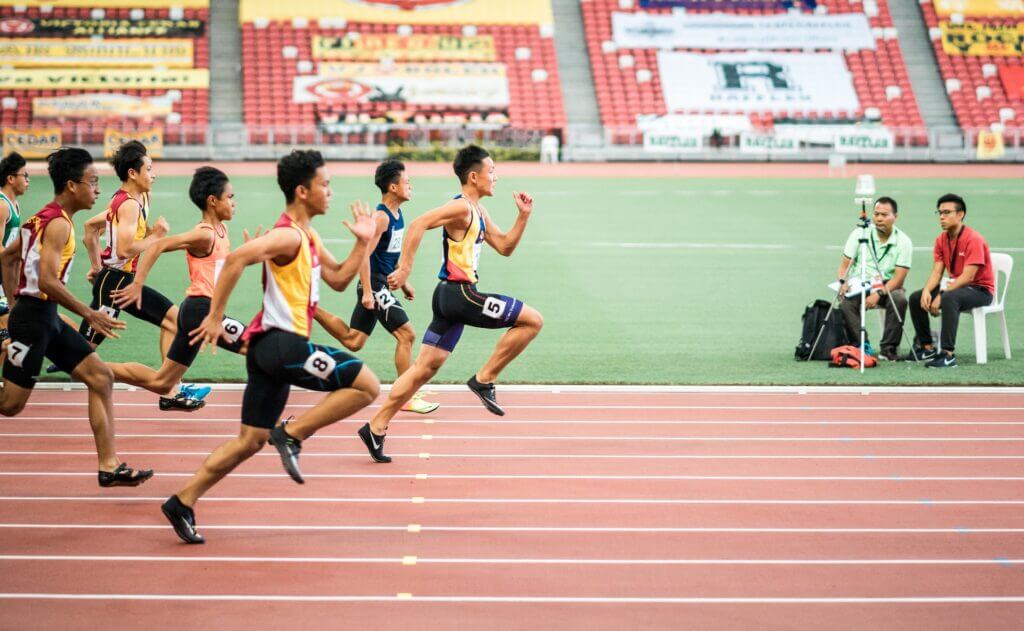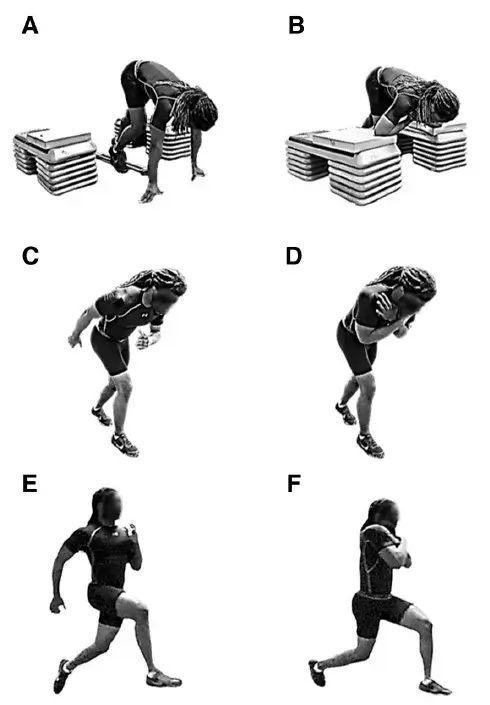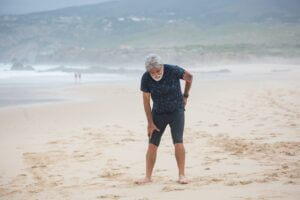As a runner, you may have heard that arm movement plays an essential role in your performance, but how true is this claim? Can swinging your arms make you run faster?
In this blog article, we will explore the relationship between arm movement and running performance. We’ll delve into the biomechanics of arm movement during running, the factors that influence it, and the research that sheds light on its impact on running speed and endurance.
We’ll also provide practical tips for optimizing your arm movement during running, so you can improve your overall performance and reduce your risk of injury. So, let’s dive in and explore the question: “Does arm movement make you run faster?”
Why do sprinters swing their arms?

Sprinting is a high-intensity activity that requires the use of all the major muscle groups in the body, including the arms. The arm swing motion is an essential component of proper sprinting technique, as it helps to generate additional power and momentum that is necessary for achieving maximum speed.
When sprinting, the legs generate most of the propulsive force that propels the body forward, but the arms play an important role in helping to maintain balance and stability, as well as counteracting the rotational forces that are generated by the legs. The swinging motion of the arms helps to counterbalance the motion of the legs, providing a smooth and coordinated movement of the entire body.
In sprinting, the arms also help to increase stride length, which is essential for achieving maximum speed. As the arms swing back and forth, they help to create a longer and more powerful stride by driving the legs forward with greater force. This increased stride length helps to cover more ground with each step, allowing the sprinter to move faster with less effort.
Proper arm swing technique is also important for minimizing the amount of energy required for running. When the arms swing naturally and efficiently, they help to reduce the amount of energy that is lost through unnecessary movements. This can lead to improved overall running efficiency, allowing the sprinter to run faster for longer periods.
Does arm movement make you run faster?
The answer to this question is not straightforward, as the impact of arm movement on running speed can vary depending on several factors. However, in general, arm movement does play an important role in running and can contribute to increased speed and improved overall running performance.
Proper arm swing technique can help to increase stride length, which is essential for achieving maximum speed. Additionally, the swinging motion of the arms can generate more power and momentum, which can help to propel the body forward and improve running speed.

Several studies have examined the relationship between arm movement and running performance, with mixed results. Some studies have found that increasing arm swing amplitude can lead to increased running speed, while others have found no significant relationship between arm movement and running performance.
Overall, while arm movement alone may not be the sole factor that determines running speed, it is an important component of proper running technique that can contribute to improved overall running performance. Proper arm swing technique can help to optimize running efficiency, reduce energy expenditure, and increase stride length, all of which can contribute to improved running speed.
How to optimize your arm swings?
Optimizing your arm swing technique can improve your running efficiency and contribute to increased speed and better overall running performance. Here are some tips for optimizing your arm swings:
1. Keep your arms relaxed
Avoid tensing up your arms and shoulders. Keep your arms relaxed and loose, with your hands unclenched and fingers slightly curled.
2. Maintain a 90-degree angle
Keep your elbows bent at a 90-degree angle and swing your arms back and forth in a natural motion. Avoid swinging your arms too high or too low, as this can disrupt your balance and reduce running efficiency.
3. Focus on forward movement
Direct your arm swings forward and backward, rather than side to side. This will help to generate more power and momentum and contribute to a longer stride length.
4. Coordinate arm swing with leg movement
Coordinate your arm swing with your leg movement, swinging your right arm forward as your left leg moves forward, and vice versa. This will help to balance the rotational forces generated by your legs and maintain proper form.
5. Build arm strength and endurance
Regularly perform exercises that target your arm muscles, such as bicep curls and tricep extensions. This can help to improve arm strength and endurance, reducing fatigue and allowing for more powerful arm swings during running.
Remember that optimizing your arm swing technique is just one aspect of proper running form. To achieve maximum running efficiency and speed, it is important to also focus on other aspects of running technique, such as foot strike, posture, and breathing. Regular practice and training, along with proper form, can help you to improve your running performance and achieve your goals.
Conclusion
In conclusion, arm movement plays a significant role in running, and proper arm swing technique can help runners achieve optimal speed and endurance. While the research on the impact of arm movement on running performance is limited, it is clear that proper arm movement can improve overall running efficiency.
By following the practical tips provided in this article and incorporating exercises to improve arm strength and endurance, runners can optimize their arm movement and enhance their overall running performance. So, does arm movement make you run faster?
Yes, it certainly can, but it’s important to note that proper arm movement is just one piece of the puzzle when it comes to running efficiently and preventing injury. By focusing on all aspects of proper running form, including arm movement, runners can reach their full potential and enjoy a safe and successful running experience.


